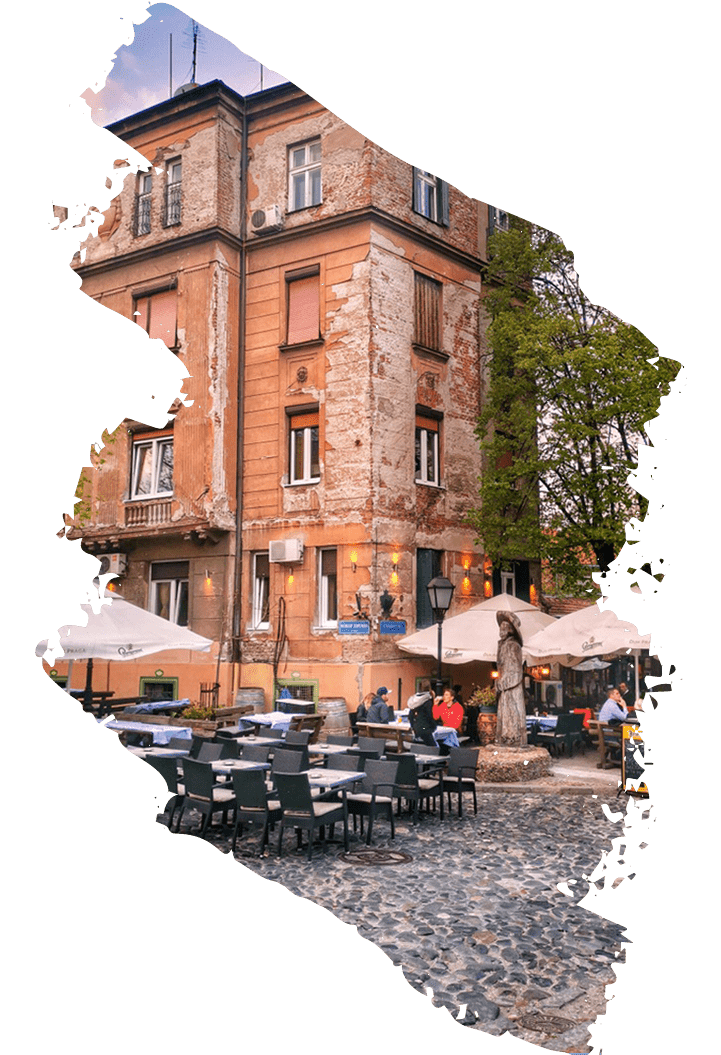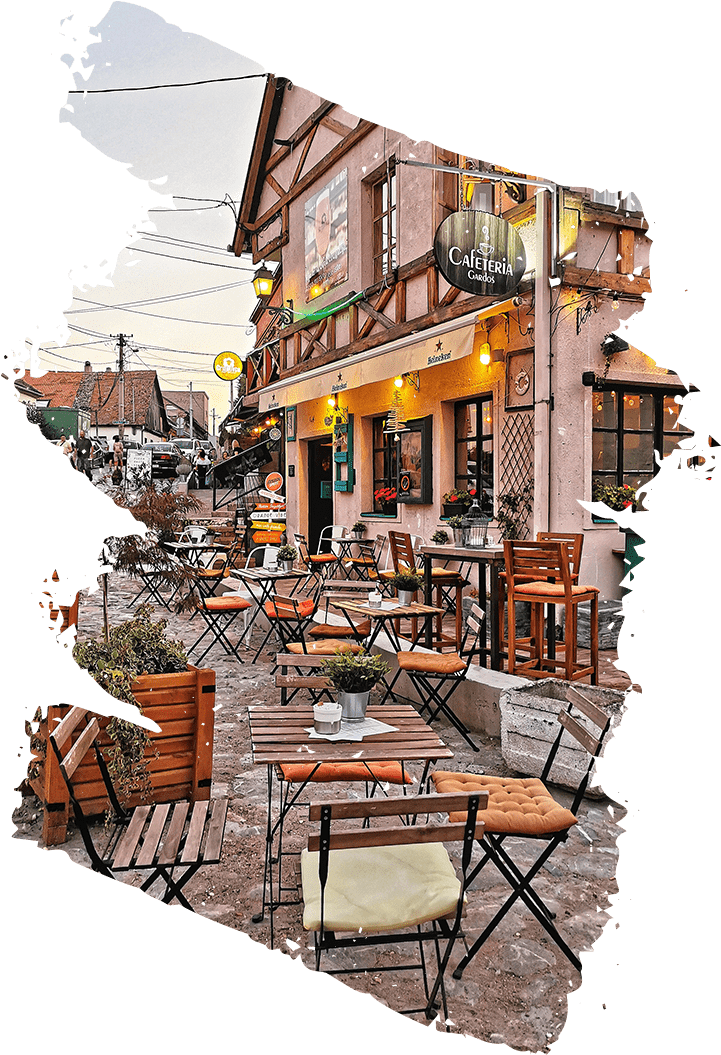

Futsal
ISF World School Championship
08 to 17 October 2023
Belgrade|Serbia
Event Programme
ISF World School Championships (WSC) are events characterised by a balanced programme between sport and educational content: the balance between sport and education is to create awareness about the role of sport in putting forward topics such as fair play, healthy lifestyle, respect, and inclusion.
About World School Championship
WSC is open to the participation of school teams. Besides the name of the respective member, teams will defend the colors and name of the specific school they represent. This format is meant to create a strong identification between the students and the school they attend. WSC is a team competition, meaning that team results are awarded by trophies, medals, and certificates.
Each ISF member may enter the competition with more than one school team per category. School Sport Entities or Schools from School Sport Entities that are not members of the ISF can take a part in ISF events provided that they follow all ISF regulations and that the institutions that wish to enter the event are recognized by an official national or sport authority.
Age categories for WSC’s are outlined in their respective sport-specific rules. The educational programme and the sport format of the event shall always be adapted to the age of participants: in general, in events for lower age categories, the educational content will have a more prominent role.




